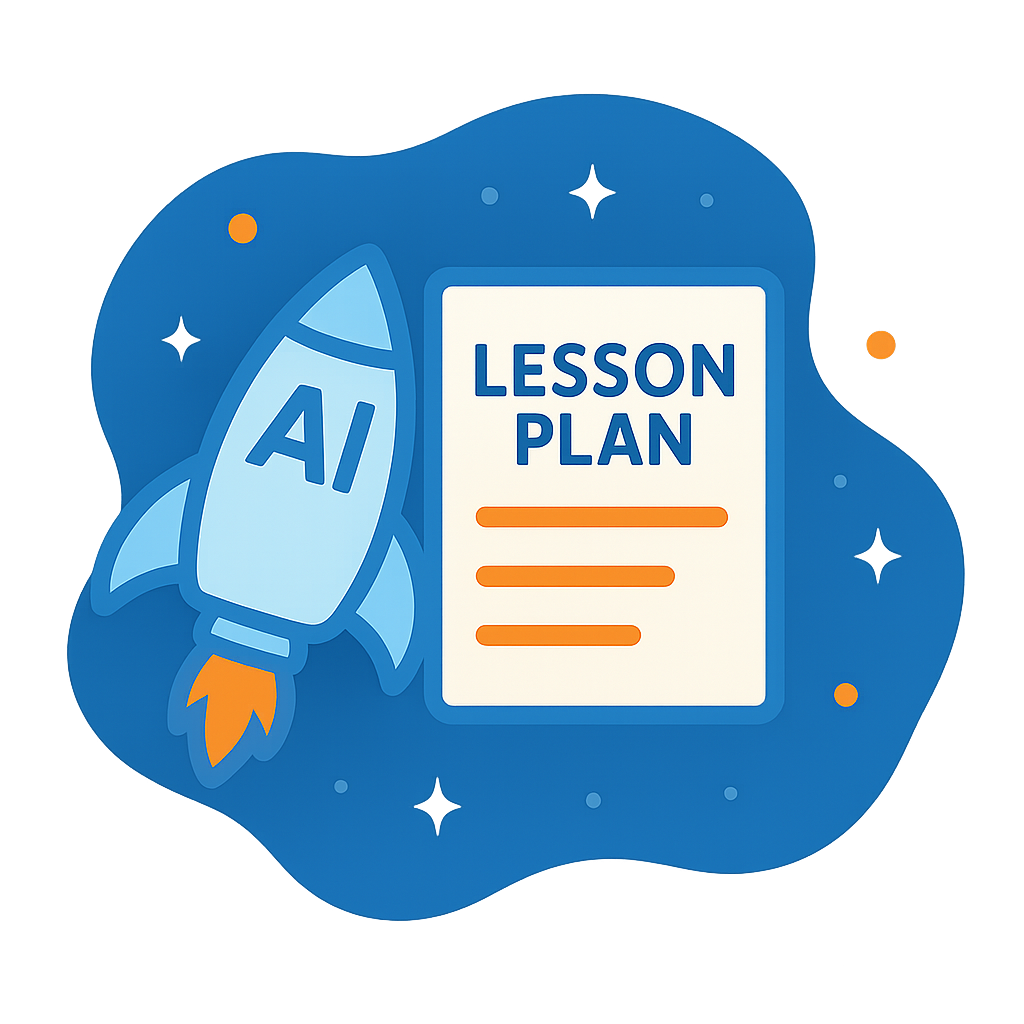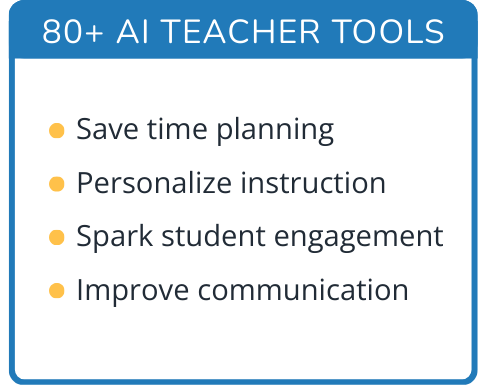Hi, what do you want to do?
Curated OER
Physical Education: Tag - You're Wet!
Learners play a version of water tag under close adult supervision. In waist high water, several students are "it" and the remaining class members have to get to the other side of the pool without being tagged. The first student to...
Curated OER
Cornbread Addition
Fourth graders, after being given a box of cornbread mix, follow the directions to make the cornbread. They utilize measuring cups to mix all the ingredients together and incorporate adding simple fractions while mixing up the cornbread.
Curated OER
Three Gorges Dam: Will China Sink or Swim?
Seventh graders study the Three Gorges Dam, which is the largest dam built in the world. They examine how the dam impacts China as it prepares for the 21st century.
Curated OER
Measurement (Grades 3-5)
Third, fourth, and fifth graders participate in measurement centers. They visit six different centers: standard and linear measurement, clocks, weight, volume, temperature, and converting measurements. They complete a data collection...
Curated OER
Obtain a visible spectra of chlorophyll a
Students become familiar with the concept of spectroscopy or the study of the interaction of matter with electromagnetic radiation. They prepare solutions and measure absorbance at different wavelengths. Pupils comprehend that mater and...
Curated OER
Engineering the Senses
Students become aware of texture and the sense of touch. In this senses lesson, students become aware of their dominant hand. Students draw pictures using texture. Students describe a texture of an item in a mystery bag.
Curated OER
What is an Earthworm Like?
Second graders study earthworms. In this science lesson, 2nd graders observe an earthworm using a magnifying lens, draw pictures of the earthworm, and record their observations.
Curated OER
The Natural State
Following an examination of the Arkansas state quarter, your class will discuss the state's nickname: "The Natural State." They will focus on its abundance of natural resources. Printables for the activities are included.
Curated OER
Give Me Five!
Students become familiar with their five senses and how their experiences would change without them. For this observations lesson, students observe using their five senses in a garden. Students illustrate what they've...
Curated OER
Ships 2: What Floats Your Boat?
Students design, build, and test the specifications (water displacement and load line) for a model boat. The lesson focuses especially on integrating design principles with inquiry-based experimental skills.
Curated OER
Exploring the Sky: Reading Maria's Comet
Discover the science behind astronomy. After reading the book Maria's Comet, which is about a young woman who breaks new ground by becoming a female astronomer, young learners practice reading comprehension with...
Curated OER
Sort the Compost Bin
Students discover what compost is. In this composting lesson, students view a sample of a compost bin and define what the purpose of compost is. Students discuss what the compost bin consists of and sort the compost bin into the green...
Curated OER
Quadratic Relation and Parabola
Young scholars identify the vertex and intercepts of a parabola. In this algebra lesson, students graph parabolas and factor quadratic equations. They perform transformation on the parabolas.
Curated OER
Application of Differentiation: Optimization
In this optimization worksheet, students complete a table identifying the characteristics of a function and it's derivative and provide an illustration of each type of function. Afterward, they use the first derivative test for finding...
Curated OER
Around the Bend
Students examine the art elements of the Inca "Large Jug." In this visual art lesson, students identify the colors, pattern, and shape of the Inca "Large Jug." Students then draw a design on a flat and curved surface and discuss the...
Curated OER
Shattered Glass Study Guide
Students view a movie about ethical journalism and Stephen Glass' rise at The New Republic. In this news ethics lesson, students view "Shattered Glass" and explore Glass' descent into an ethical black hole. Students complete...
Curated OER
Rules of Force and Motion
Students view a video and complete experiments with force and motion. In this force and motion instructional activity, students examine small pieces and how they affect the motion of a toy car. Students also experiment with...
Utah Education Network (UEN)
Picnic Field Day
Using laminated paper cookies, get your class exploring the concept of division. Read them One Hundred Hungry Ants, by Elino R.J. Princzes, and have learners model what is happening with toy plastic ants. There are many more fun...
Curated OER
Filter Feeding in Reef Sponges
Students investigate the role of sponges in our oceans. In this biology lesson, students create a diagram visualizing how sponges bring food into their bodies through a filtering process. Students discuss the connections...
Curated OER
Soil Treasure Hunt
Students explore the concept of soil and decomposition. In this soil and decomposition instructional activity, students investigate bags of soil. Students then learn how animals and other organisms help in the decomposition...
Curated OER
Collecting Leaves with Lewis and Clark
Fourth graders collect data on leaves collected, observe different species of leaves, and implement different methods of leaf preservation.
Curated OER
How do living and non-living structures affect coral reef habitats?
Learners create model coral reefs showing surface area and including examples of communities. In this coral reef lesson, students research and explore the functions or benefits from a coral reef. Learners design a benthic...
Curated OER
Quotients With Remainders
In this quotients with remainders worksheet, students, with a partner, problem solve ten word problems or equations involving quotients.
Curated OER
Give Me A "B"!
Young scholars examine the North Dakota state quarter. They review the letter "b" and discuss "bison" and "the Badlands". In pairs, they identify items in paper bags that also start with a "b".




























